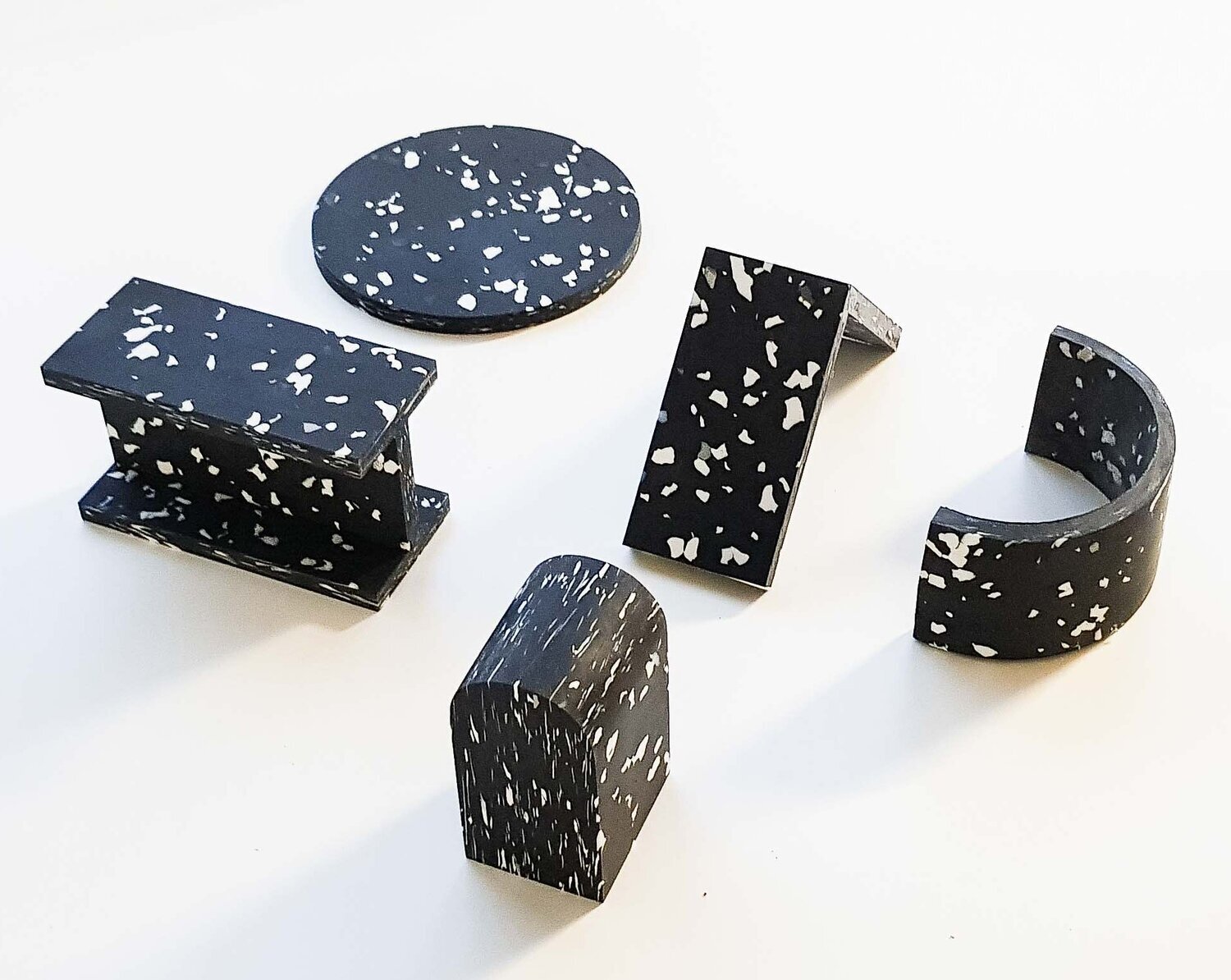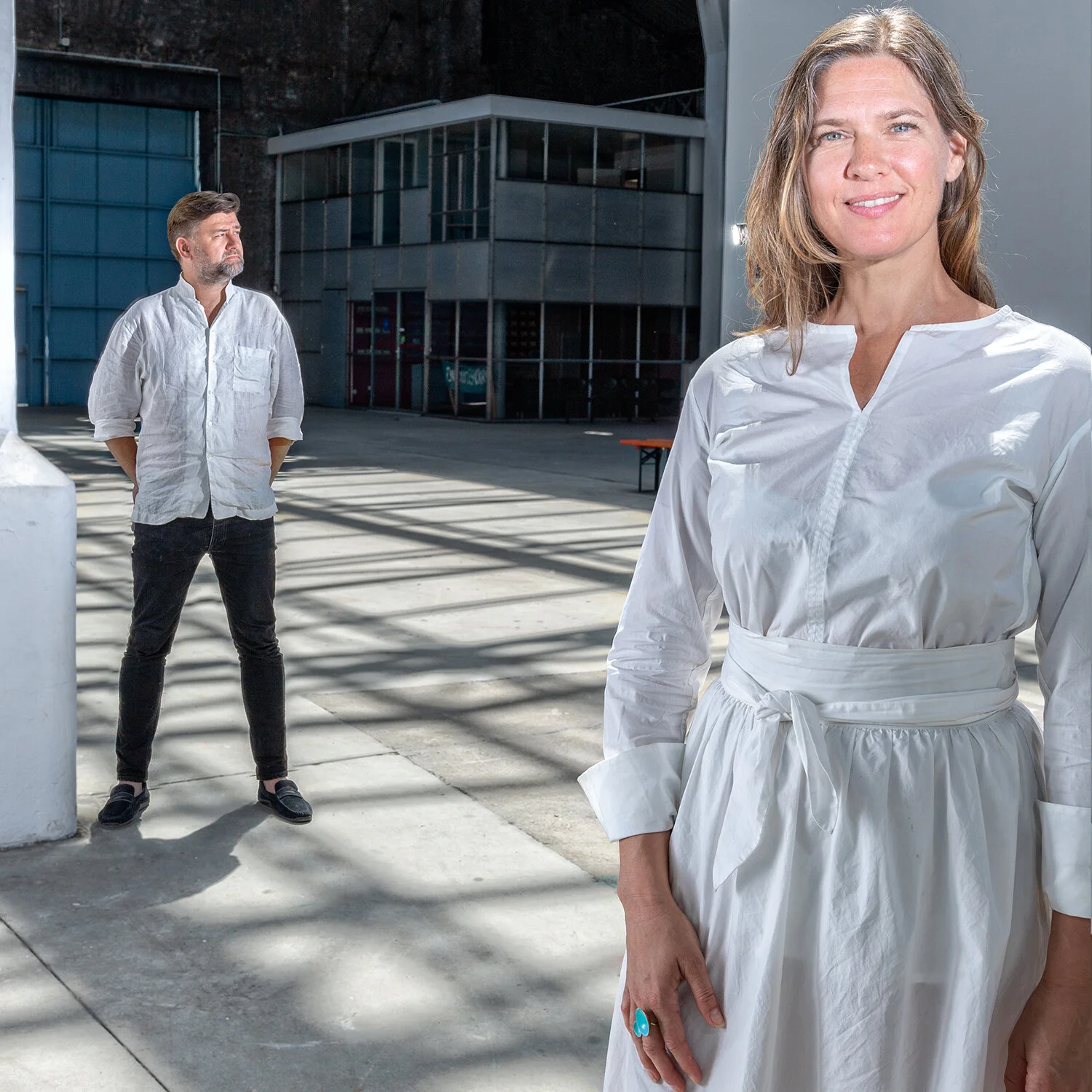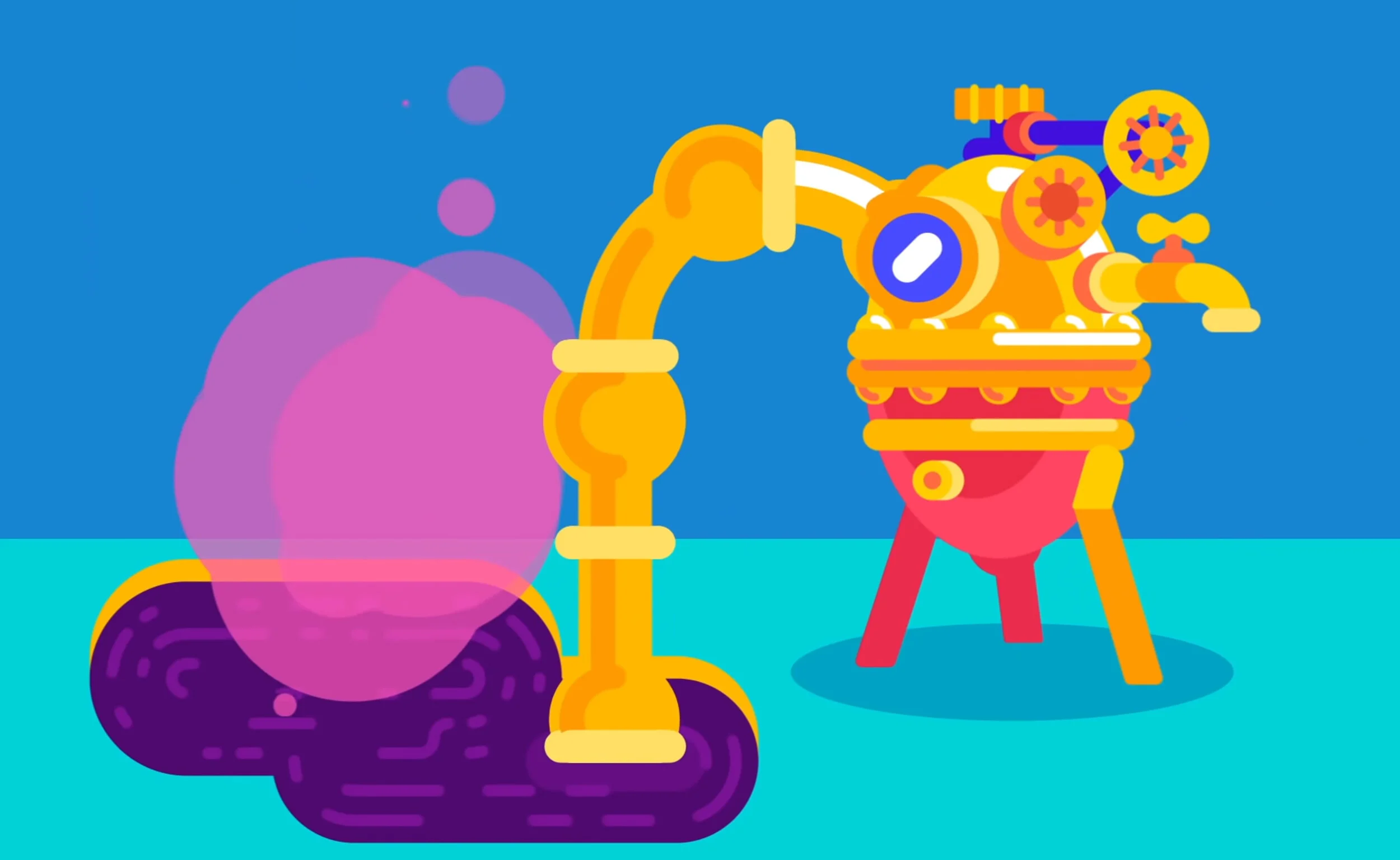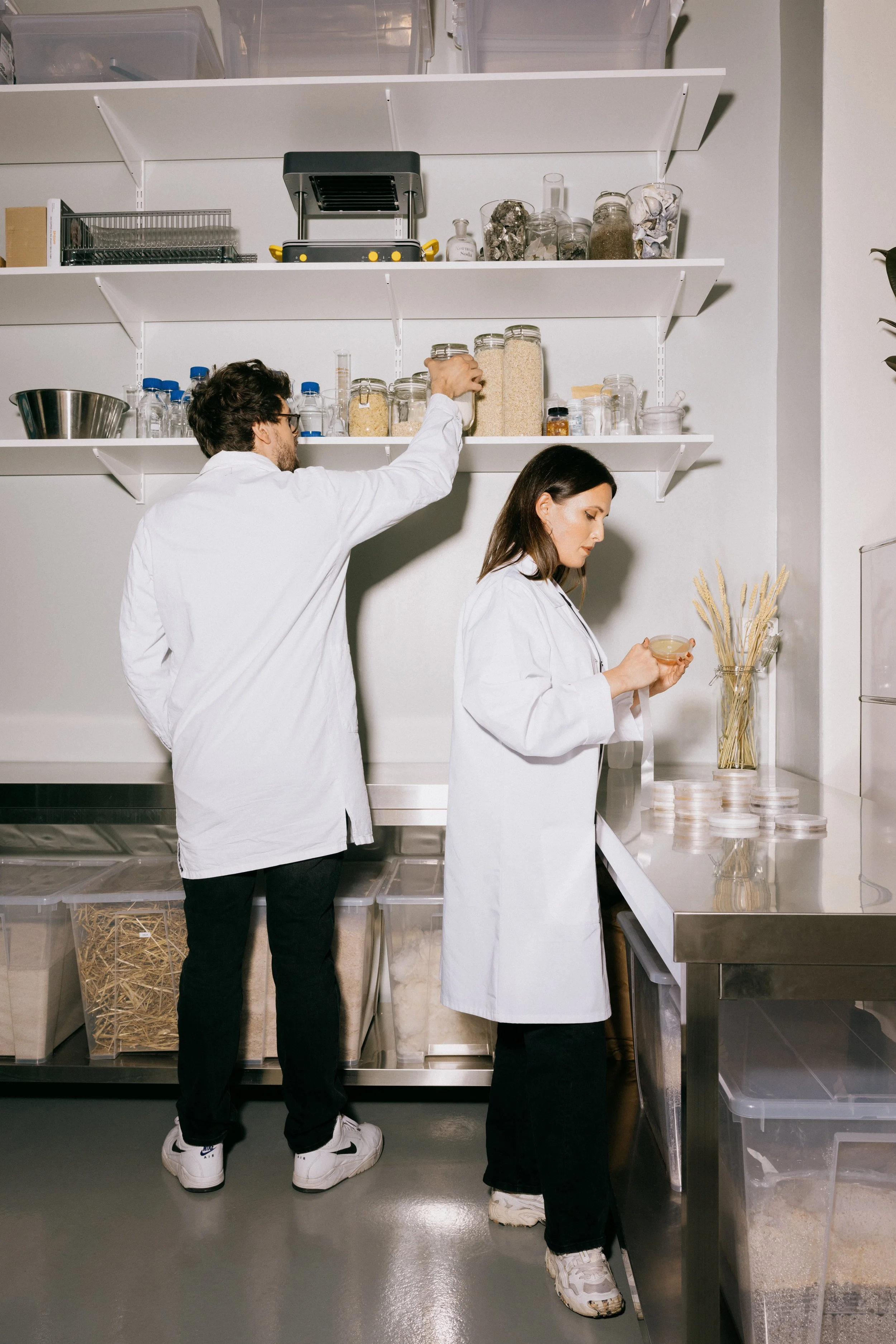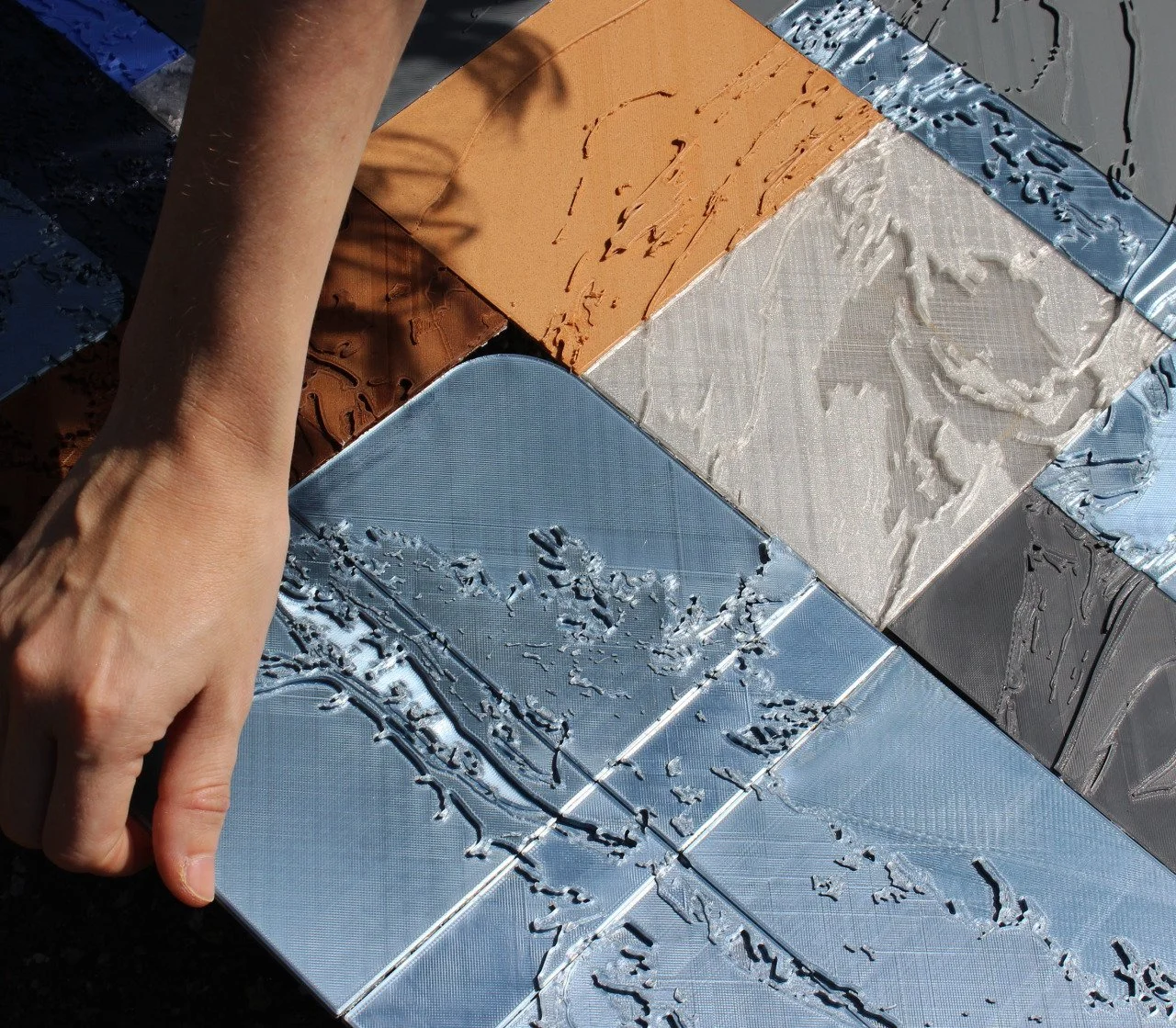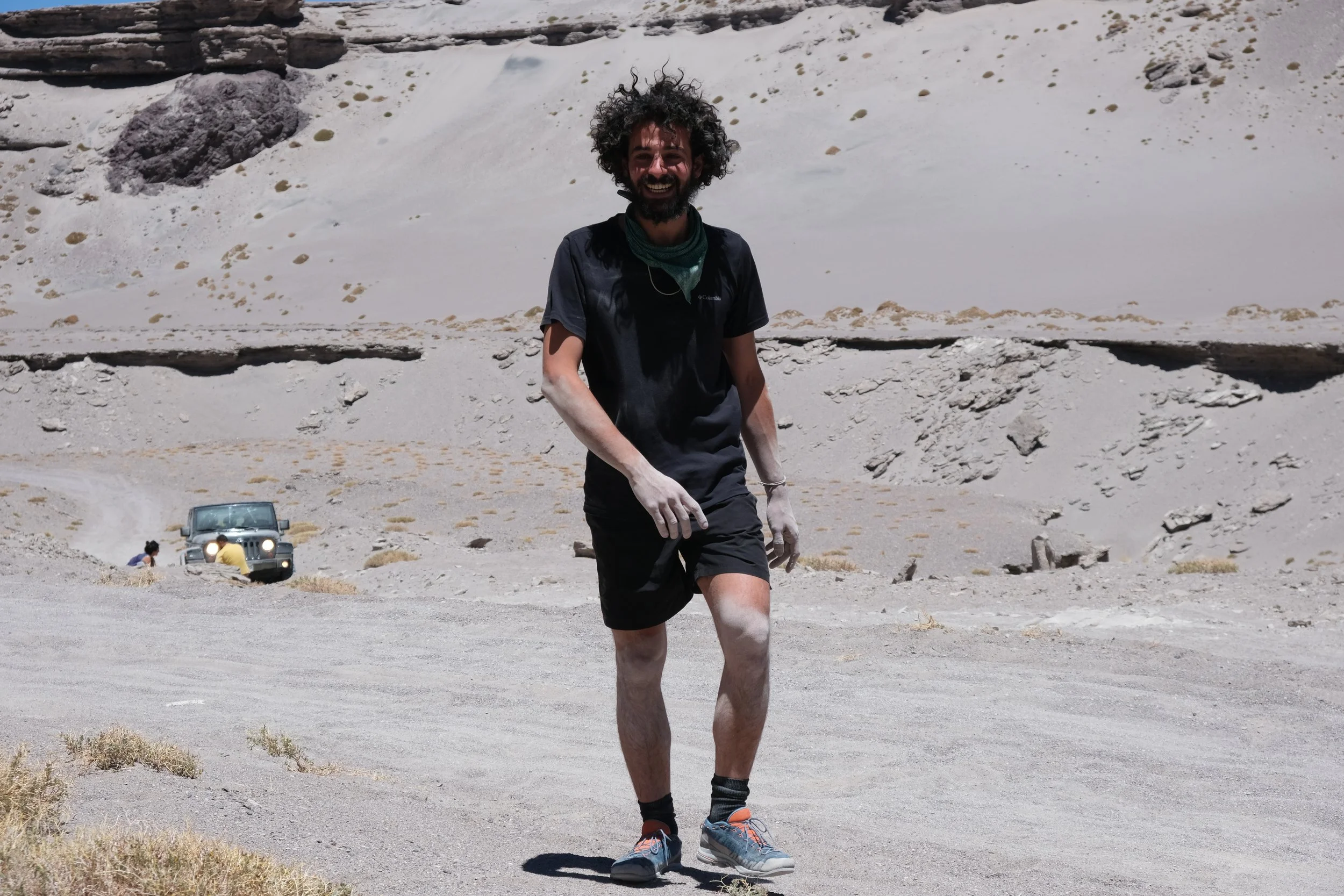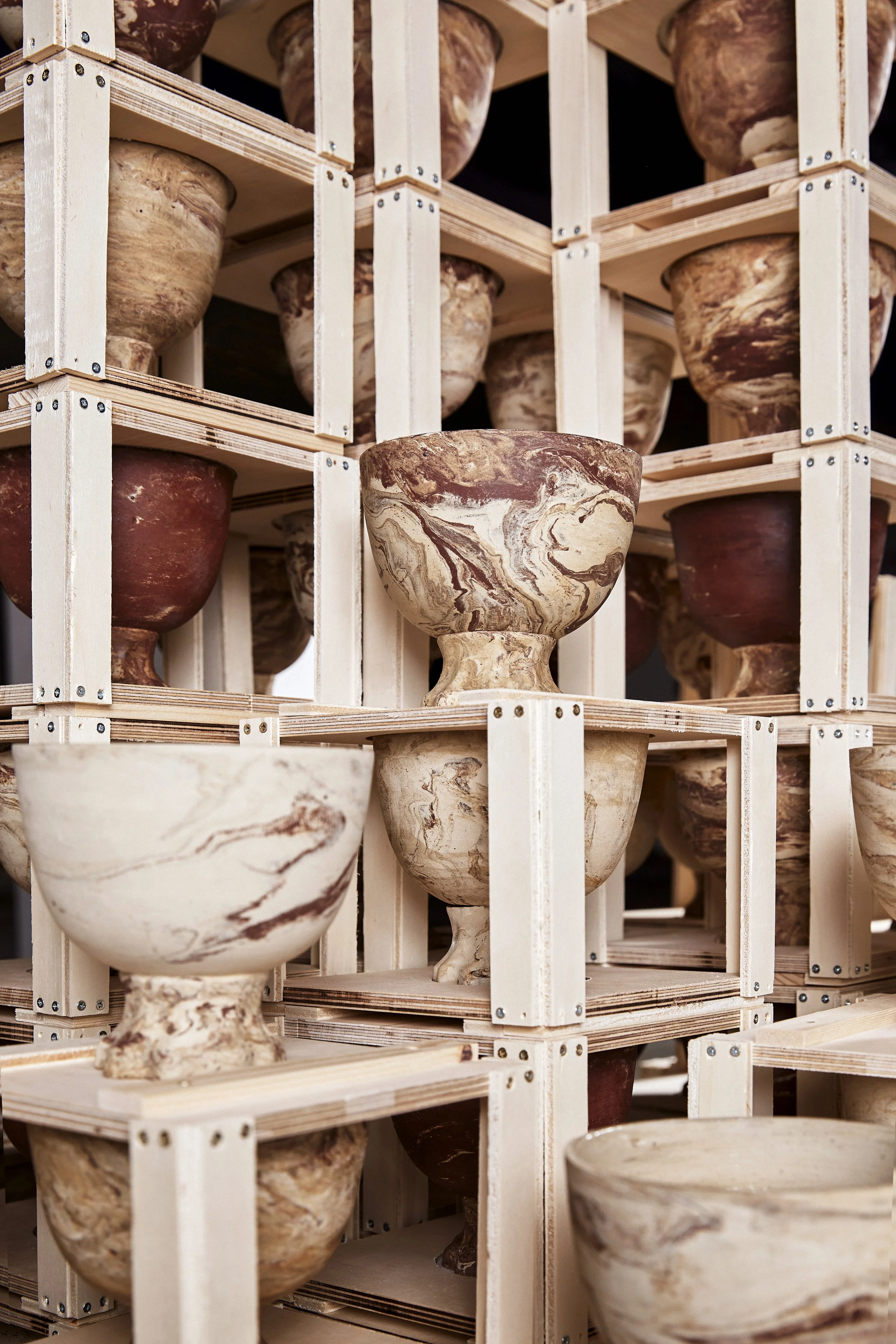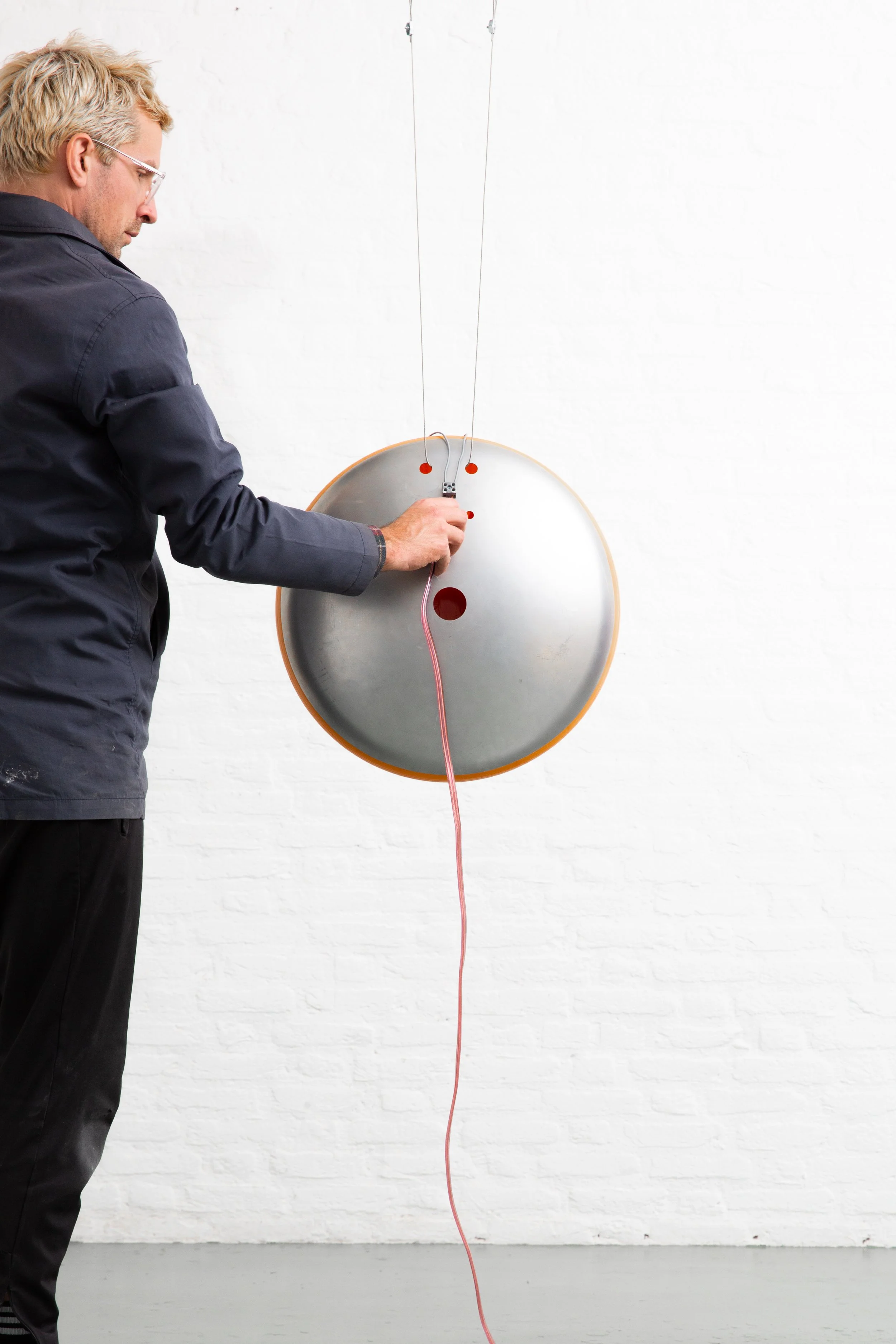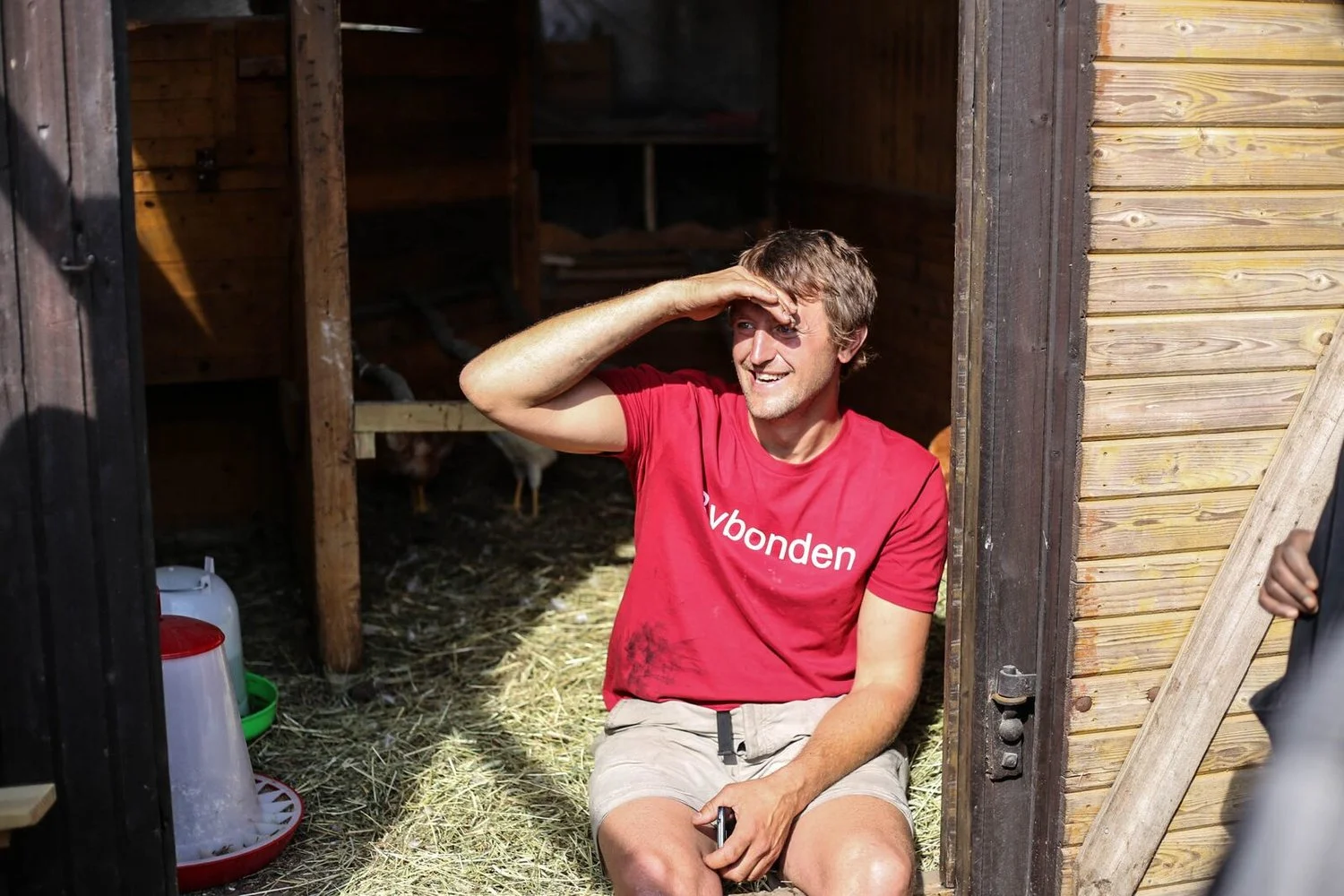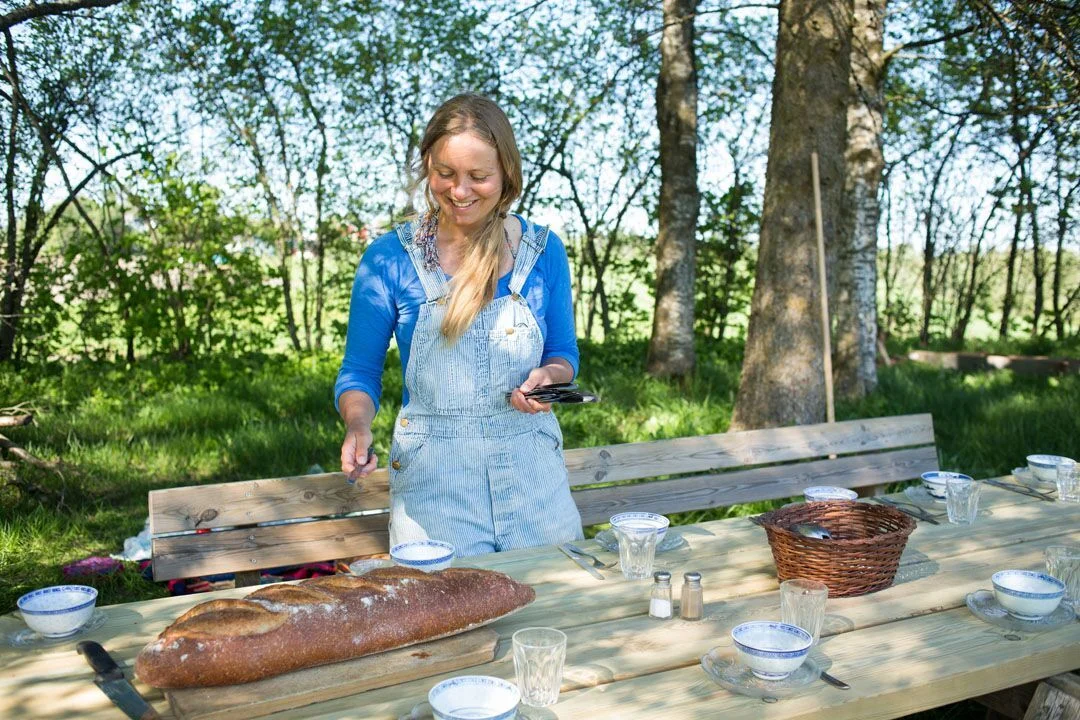Joost & Marten of Plasticiet on plastic as the new gold
Plasticiet is a Rotterdam based startup that has found a way to upcycle plastic waste into long living new materials for use in interior design.
We have chatted with the founders of Plasticiet about recycling and the role of small companies in closing the loops.
# Who is behind Plasticiet & how did you get into the world of material innovation?
The faces behind Plasticiet are Marten & Joost. We met while studying product design on the art academy and it so happened that I wasn’t happy with my minor course choice, so was persuaded by Marten to join his group. That’s where the idea of Plasticiet originated. A few years after, when the project was stalled and we had graduated we decided to pick it up again. This time not as a school project, but as a full time job.
# Your products help in making visible the huge resource that plastic represents. How do you imagine your future as a company in this rapidly evolving industry?
It’s beautiful yet scary to see so many similar companies popping up, I guess that doesn’t need any further explanation. We see ourselves to continue growing in the field we’re now familiar in and continue expanding our design approach as well by taking on more interior design jobs and expanding on our collectible design collection.
Mother of Pearl Chair by Plasticiet. Photo: Plasticiet
Available via Galerie Philia
# It appears as if people tends to feel plastic is a non-material of sorts, almost something alien that shouldn't have been made in the first place. Do you believe we can learn to foster real warm feelings towards plastic as a quality material?
There is a very fine line between the good and the evil that plastic brings. In the first place; in my opinion it is one of the greatest achievements of human kind but on the other hand the way we have dealt with it is unacceptable. While other animals have not grown out of their natural ecosystem I am very aware that humans are the first species to roam the earth that consciously have to think about how to treat what we leave behind. We’re definitely not there yet. There are many ways to view this; for instance aluminium can be a beautiful Wonmin Park table but is also used for coke cans. Same material yet a completely different feeling. The same goes with a lot of other materials as well, but plastic bears a bad name with good reason! It has gotten everywhere due to packaging and the heedless disposing of it. That is why we wanted to make a product that will last for a long time.
# Technically: What are the most applicable ways to use your product range in architecture and interior design? What is the smallest and largest quantities that you can supply?
There are dozens of possible applications but the most frequent one is to make desks or displays for retail brands but we’ve also seen chairs, fountain pens, jewellery, bathroom tiles, wall hangers and so on and so forth. What is important to say is that we do not work with a minimum order quantity; recycled plastic should be as much available to anyone as possible.
Black Rock by Plasticiet: “The name says it all. This beautiful material is deep black, hard like a rock and stiff like a board. Excellent for constructive applications. Ingredients: post-production leftovers and old refrigerators.”
# What happens when your products reach the end of use cycle, can the material be recycled once again? Do you mix different plastic types?
Hopefully we will get all the material back when old projects are being demolished and if not; hopefully they will bring it to their local recycling as it can be recycled again. It is therefore important to keep the material as pure as possible so we don’t mix different kinds of plastic. Sometimes however, batches of raw material we acquire are already pre-polluted with other types of plastic or debris.
Ace And Tate store designed by Plasticiet with Ace And Tate, made by Teamwork.
# What are the most interesting developments in design and ecology from where you stand (apart from plastic recycling)?
I think it’s really cool that these days when people are starting new companies or brands, it has at this point become a given that you need to think about closing the loop, sustainability, carbon emission and all that instead of it being a unique selling point. This also means that established companies have to follow this (hopefully lasting) trend in order to keep up with a very quickly changing world. When you compare this to a year or five ago it was very cool to do something sustainable. If you today don’t think and act on this topic you’ve been slacking tremendously.
Learn more and get your plastic sheet samples at Plasticiet.com
More on plastics:
More conversations:





